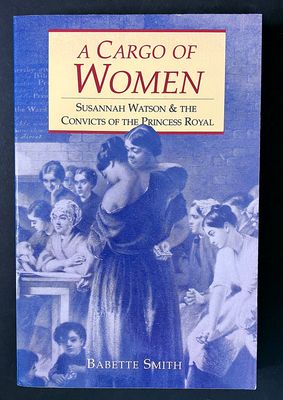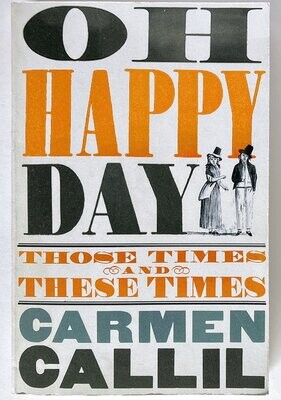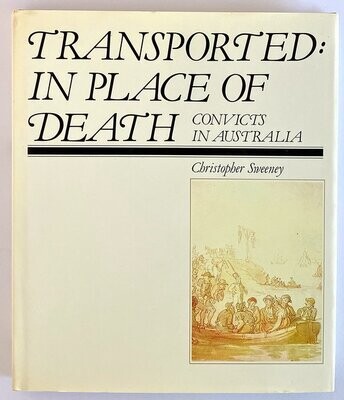Pack of Thieves? 52 Port Arthur Lives by Hamish Maxwell-Stewart and Susan Hood
Book Description
Secondhand. Very good condition. Minor wear to book corners and edges. Remnant of price sticker on back cover.
George Arthur, Lieutenant-Governor of Van Diemen's Land from 1824-36, is credited with constructing an intricate system of convict management.
The idea behind Arthur's grand plan was that convicts would sink or rise through the tiers of his multi-layered system according to their conduct. Thus, the intention was that the wicked would be punished for their sins and the good rewarded for unerring servile toil.
In 1830 Arthur ordered the construction of a new penal station on the Tasman Peninsula named Port Arthur in his honour. This was to be the foundation stone of Arthur's scheme of regulating the lives of his colonial charges - a place to which prisoners who incurred the wrath of the convict administration could be sent as a lesson to all.
Arthur likened his convict system to prison without walls. This was because the lives of ordinary prisoners were regulated by paperwork rather than guard towers and iron bars. Every detail that could be gleaned about a convict was entered into a set of enormous registers which were used to separate those considered worthy of indulgence from those whose conduct was thought to merit further punishment. At times Arthur appeared to sit astride his system like a colonial puppet master pronouncing judgement on his charges.
This book charts the lives of 52 prisoners who served time at Port Arthur in the 1830s. It looks at the impact of transportation on their lives and charts the ways in which they negotiated a passage through Arthur's labyrinthine penal colony. (back cover)









